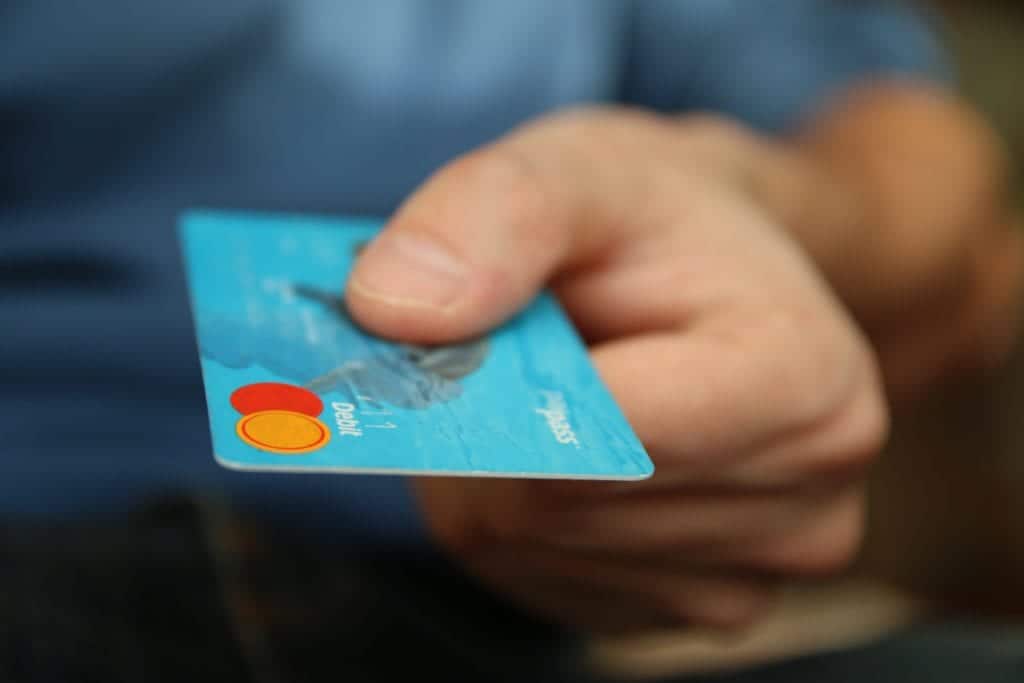Since my first trip to Japan back in 2006 until now, using a credit card in Japan is on the rise. However, it’s still very much a cash society (strange, I know). The prevalence of using a credit card in Japan is much higher in chains and department stores but I’ve recently started to notice it in one-off izakayas as well.
Granted, with a US
I’ve always been a Visa person (Visa, “it’s everywhere you want to be”, or “Everywhere you want to be” now apparently because the “it’s” added so much…) and though American Express has some pretty awesome perks generally, it’s definitely harder to find places that will accept an American Express credit card in Japan.
If places accept credit cards, it’s just like in the states, it sometimes will be posted outside the business but definitely near the cash register. That being said. ALWAYS. CARRY. CASH. You never know when you’ll be at a super amazing Kobe steak dinner and need the cash to pony up at the end of your meal.

Using a Credit Card in Japan and what to do if Credit Cards aren’t accepted
For using a credit card in Japan for payment it is much the same as cash payments, you will still use the change tray to pay. With cards though, it’s generally more likely you will be handed it back with a two-hand presentation much like you would see with business card exchanges here.
Fear not on the cash front! Though many ATMs only accept Japanese cards, ALL 7-11 ATMs accept foreign credit cards. This is also handy if your bank’s debit card pays you back for ATM fees. The Japanese Post Office ATMs also accept foreign credit and debit cards. This is one of those “how do these two things go together?” inquiries you first have when you see it — you can also pay your bills there!
For
The funny part of using a credit card in Japan to pay for your train tickets in the machine is that often time that will be putting money on another piece of plastic – your IC Card!
All else fails, cash or the cash on Delivery option is still alive and well in Japan.
Disclosure: Kristenabroad.com is a participant in the Amazon Services LLC Associates Program and other affiliate programs. For some links to products or services in this article, I may earn a small commission by you using my link. The price for you is not affected.
Which credit card should I get?
One tip, make sure whichever credit card you use doesn’t charge foreign transaction fees. Though generally not a huge impact on your statement, it’s still one less nuisance to deal with. The credit card will also automatically give you a nice conversion rate back to your home currency (at least it does for USD). However! If they ask you if you want to pay in a different currency, ask if it charges a fee (it most likely does), so just have them charge it in the local currency and have your credit card do the rest.
The next thing you want to consider is finding a card with good travel rewards. Some you will find charge a yearly fee like the Chase Sapphire Reserve card but for me, the perks are worth it. While I get charged a fee, I basically get all of that money back with $300 in travel credit a year (often pays for my shinkansen tickets), complimentary Lyft Pink, complimentary DashPass subscription and a choice of TSA Precheck or Global entry paid for!
Plus, their travel rewards add up FAST to have money available for free flights. There are plenty of other cards out there that don’t charge you a yearly fee that will also get you rewards.
Pin this for later

